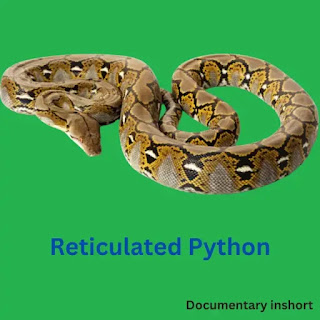How many snakes in India are non-venomous ?
Snakes are one of the important members of the food web. But the question often here arises how many snakes in India are non-venomous?. There are approximately more than 3000 species of snakes residing on our planet. They are also considered farmers' friends because they eat up the mole which destroys the cultivation of a farmer.
Apart from this, usually whenever we come across any snake the first thing that comes to our mind is to run away by thinking that if this snake bites me, I will be all dead.
But in India actually, there are very few snakes that are venomous. According to data there are only 20% of species of snake are venomous and out of that only 7% are able to kill human beings.
So, before you encounter a snake again it should be good to know How many snakes in India are non-venomous. With this article, I have tried to give you the right information. Please read the full article.
How many snakes are non-venomous
The snakes are divided into the following four families i.e., Viperidae, Hydrophildae, Elapidae, and Colubridae. Approximately 300 snakes are found across India. Out of that 180 are non-venomous, more than 40 are mildly venomous and about 60 are venomous
Non-Venomous snakes List
-Indian Rock Python: Their height can go up to 20 feet. They are found in Keolado National Park and Sathyamangalam and Mudumalai tiger reserves and also in various states of India like Uttar Pradesh, Bihar etc.
-Olive Keelback: The females are often longer than males. males are between 50 to 60 cm while females are between 70 to 75 cm. This snake rarely bites someone even after handling. It lives are water, also known as water-cobra.
-Checkered Keelback: They are found in or near freshwater lakes and rivers. Although they are non-venomous they mimic themselves like a cobra in order to intimidate threat. They mainly eat water frogs and small fish.
-Beddome's keelback: They are found in the tropical moist forest and tropical rain forest of the nilgiri hills, that's why they are also known as the "Nilgiri keelback". They mainly eat toads.
-Brahminy Worm Snake: They are blind snakes. They are burrowing reptiles. They are often mistaken for earthworms due to their similar appearance. They eat larvae, eggs, and pupae of ants and termites.
-Indian Rat snake: Their length is about 1.5 to 1.95 m. Apart from India, they are found in many other countries like China, Nepal, Myanmar, Cambodia, Sri Lanka, Indonesia etc. The younger ones are often eaten up by the king cobras.
-Red Sand Boa: They are nocturnal ( active at night ) also they spend most of their time under the ground. It eats other small snakes, lizards, and rodents. They are mistaken for having two heads. There are many superstitions, one of them is they bring good luck to the home, that's why many people started to keep this snake at their home which led to their illegal trade.
-Reticulated Python: They are the world's longest snake. They live in grasslands, woodlands, and rainforests. They can eat up living things up to 1/4th of their length. Their diet consists of pigs, deer, chicken, dogs, some times small kids too.


.webp)

























Post a Comment